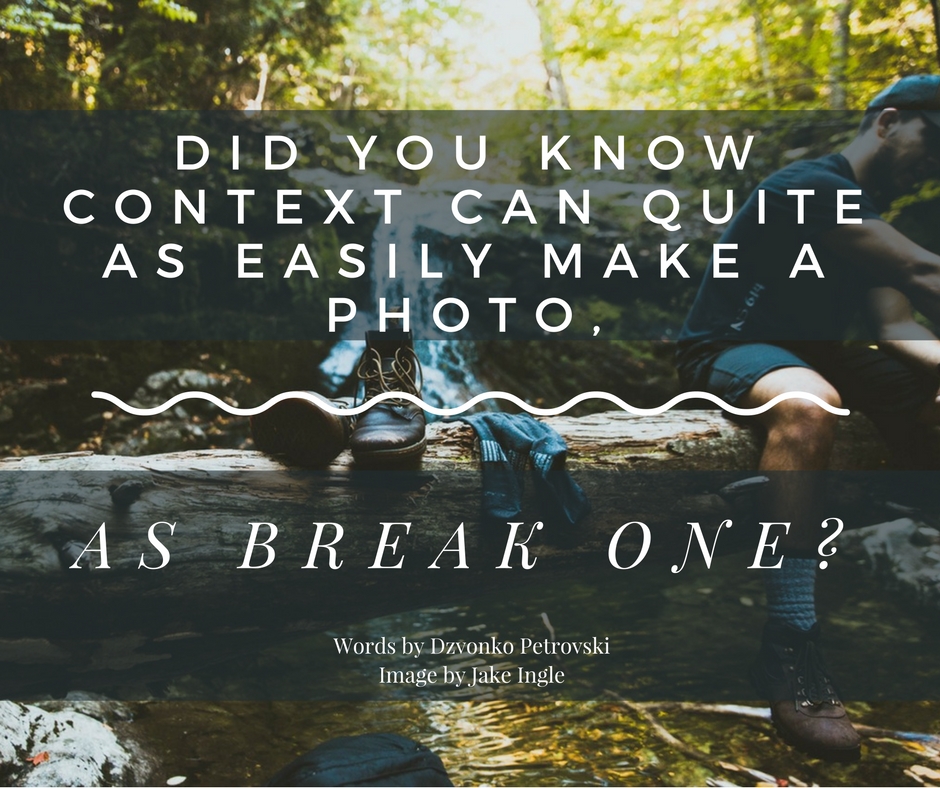Today We'll Look At Context In Photography And How Crucial It Is To Your Skills
You've ALL heard this one: “A picture is worth a thousand words.”
But, when it is put out of context it can be a thousand wrong words. Context is important in photography – it is connected to the position and purpose of the photo – you need to be able to convey these things without having to explain yourself to the viewer too.
A Context Example
Ok, if you were to use a picture of a human skull on a website which is about medicine and human anatomy, and the same picture used on some sketchy website promoting violence, the very same picture can have completely different meanings and pose a different message.
More On Context In Your Photographs
The subject, surroundings and background all play an equally important role here – and don't forget, the light plays a role too. You must understand that the background isn’t there just to fill in the blank, but it is a part of the visual story as well.
The background in combination with the light can say a lot with the image.
Context In Photography – Portraits
For example, you can have a regular portrait of a girl smiling, and if you have the background filled with vivid colors e.g. a green tint, you would presume this girl is photographed in nature and feels the joy of the surroundings.
Do the same portrait on a pitch black background, and you get a completely different feeling when you see the image, now you are filled with the mystery of the expression and the question “Why is this girl so happy?” might pop into the mind of the viewer.
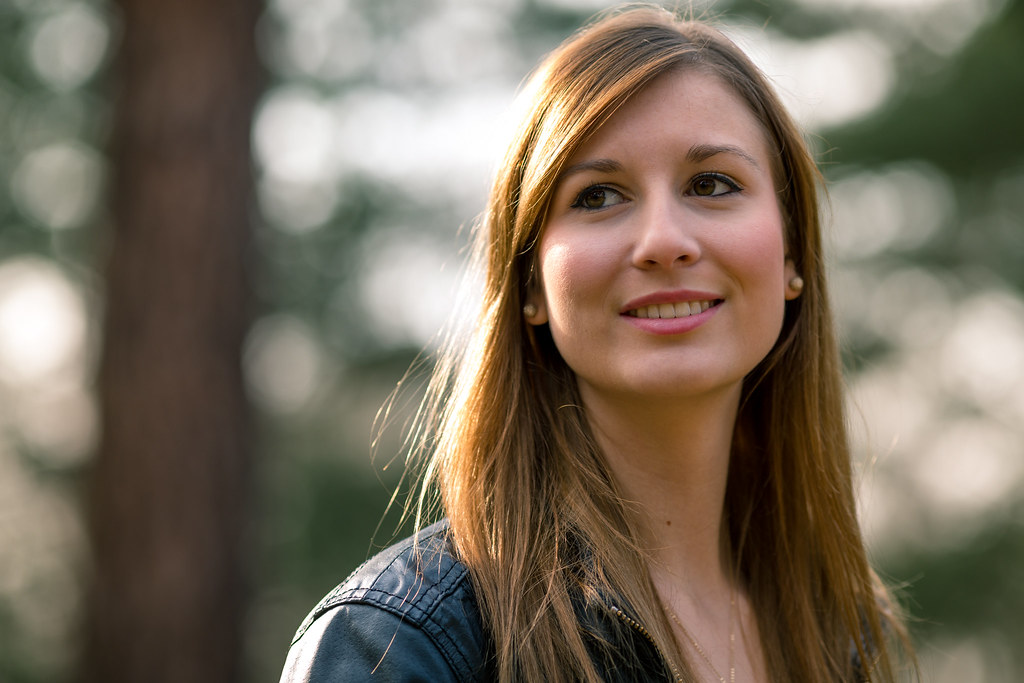
While this doesn’t always apply to portraits, it is equally important on each photo you take.
Context In Photography – Landscapes
Now, let's take landscapes. I’ll take an example which I personally consider somewhat of a cliché nowadays: a boat in a pier with smooth water. I definitely can’t say that there is something wrong with a scene like that.
It evokes the emotions it needs to and gives a sense of mystery and peace. However, take the same shot, but this time remove the water, for example, an abandoned boat tied to a pier on a dried lake.
Even if you took the picture with exactly the same light conditions and everything, the absence of water will make everything look different. I know, it's a major part of the image, but if I go to extremes I can get to the point much clearly?
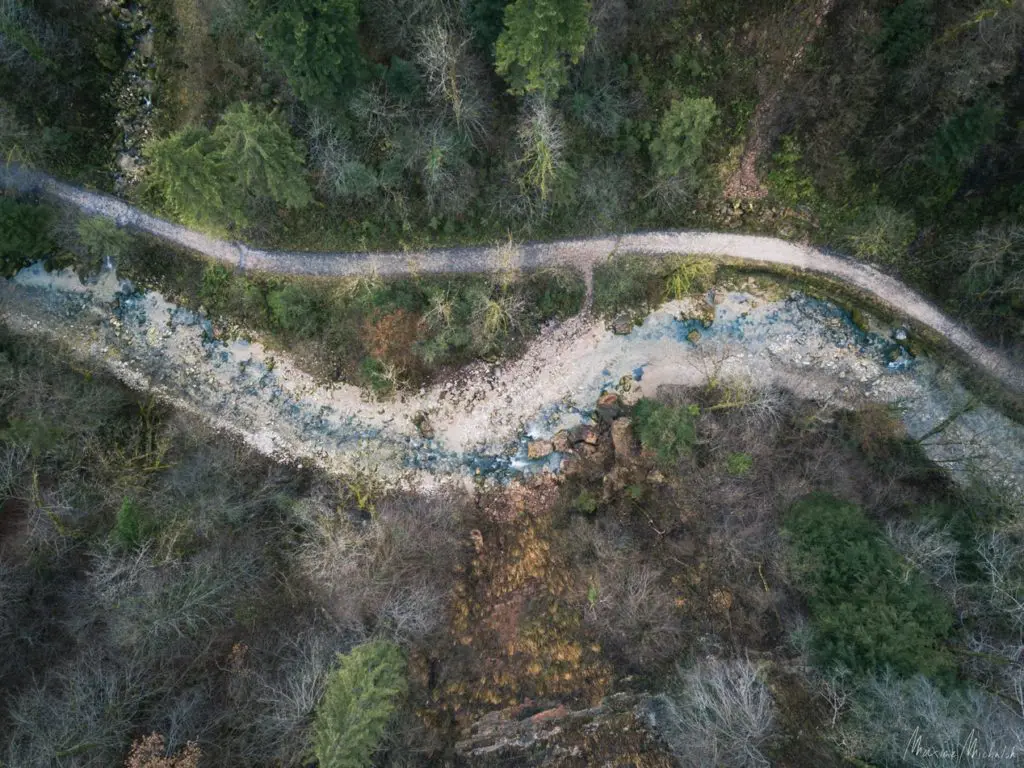
Context In Photography – Light & Color
Add color grading and quality of light to the equation. Light can give and take away attention, so having the attention drawn with light on the wrong part of the image will achieve the same effect as any of the points I made earlier.
Same goes with wrong or improper color grading. Imagine a snow scene, and your white balance shifts towards the oranges and a little bit of sun (or some stray light) causes a slight flare on the lens.
That picture won’t make any sense then, you have orange tint with sun flare and snow down on the ground. It contradicts the usual scenario in which the brain is used to perceiving snow, of course, that's with a blue tint.
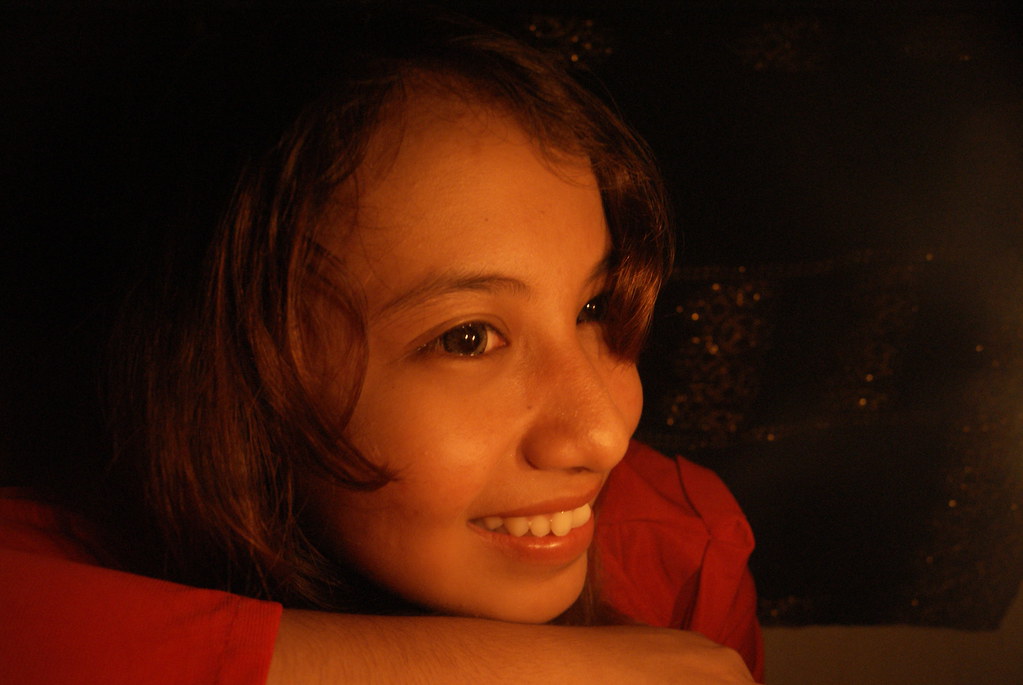
Out Of Picture Context
This might not be always in your control, and that is understandable since photos get sold and can also end up somewhere where you didn’t intend or allow them to.
But, whenever you can, control the context around the picture, do it as well as possible. Whether it is an article, e-book, photo exhibition, contest, whatever you can think of, control the context to achieve the best possible visual message the photo can carry.
It doesn’t have to mean that the context depends only on the text or the surrounding pictures. The wall color (for exhibitions), the framing (for exhibitions and other uses), lighting (for exhibitions, or background color).

You see, photography isn’t just about taking the picture and making sure it is the best it can be by having a sharply-focussed subject. The way you present it, in what context and the timing are equally important.
Think about this scenario: you are at an interview for Vogue (congratulations on getting that), you present your portfolio which has 5 portraits, 3 landscapes, a shot of a coffee cup, and a panorama.
Now, although this is a varied portfolio to show off different skills, it would essentially be a bit of a mess (meaning you probably won’t get the job), especially if it isn’t on one medium.
On the other hand, if your portfolio contains (only) portraits which look good one next to another, and they fit the context of the magazine, along with one well-organized medium to present the portfolio, and everything is in the same style (your style), then you have the perfect combination: the right content with the right context at the right time.
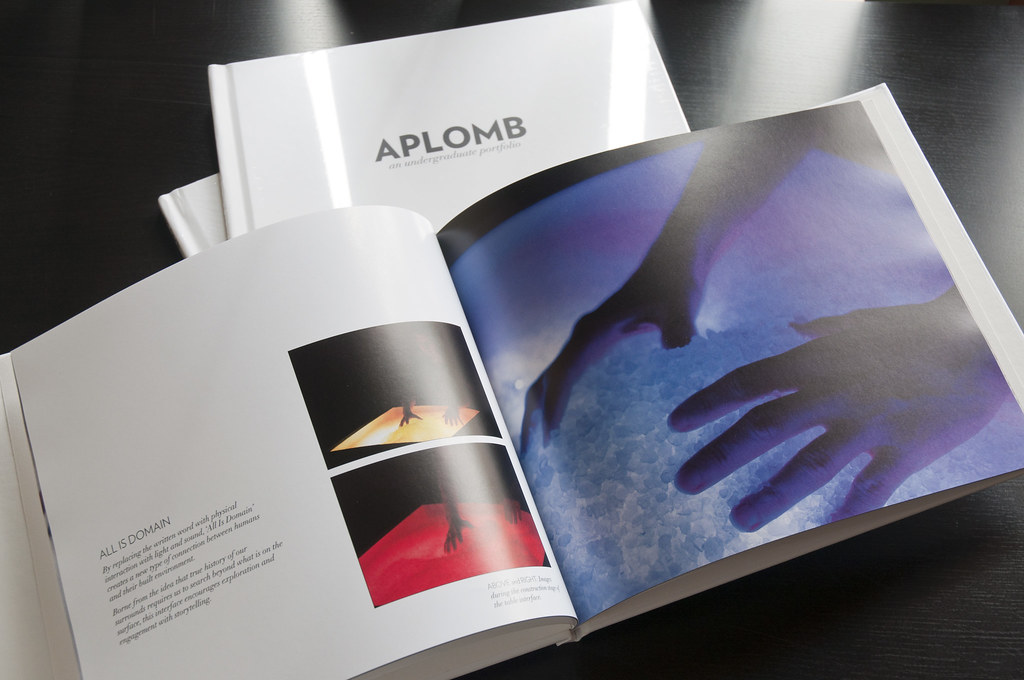
Summary
To summarize, keep an open eye for context and make sure everything is nice and neat.
The context in your photographs and the context in which they appear can make or break them. Luckily, with these tips, you'll be able to avoid any potential mistakes which could cost you, valuable clients!
Context In Photography – Top Takeaways
- Always try to remember that your background plays an important role in the context or the “story” you're trying to tell – yes, you can use a shallow depth of field to blur it out of focus, but the color tones may just provide the final piece to the image to make it “great”!
- Consider where the light is most prominent. You really don't want to distract your viewer from your main subject, so ensure you're taking control of the light within the photo.
- Ensure that those “unwanted” light sources/effects are actually unwanted e.g. Sun Flare, sometimes a client may insist this really creates the right energy for the picture.
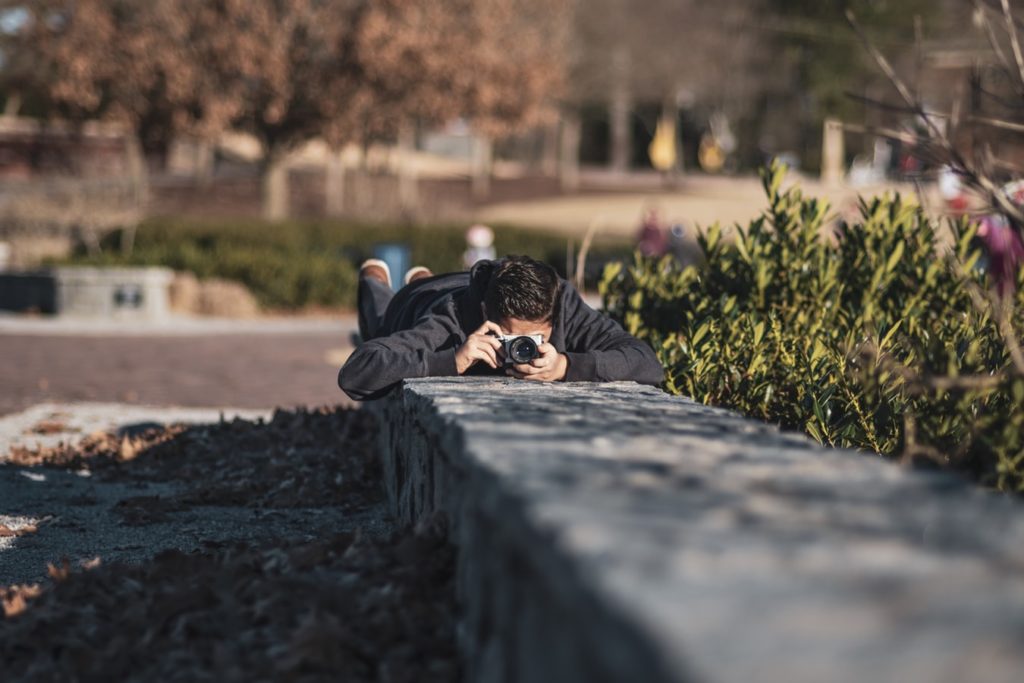
Further Resources:
- Use Photography As A Storytelling Exercise
- 15 Easy Tricks For Getting Better Photographs
- These 3 Simple Facts Show You How to Take Control of Your Camera
Further Learning
So, we've covered some crucial aspects of using context in your photography and how to always be aware of it – particularly if submitting your work for a job or to a potential client.
However, If you’re stuck for some ideas or inspiration for your portfolio, take a peek at this Guide The Creativity Catalogue.
